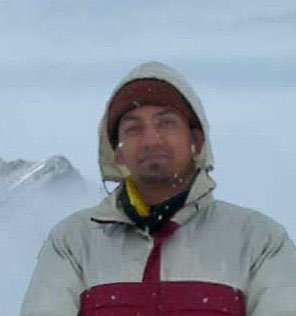This post may not make much sense to my usual readers, the aim isn't to make any sense; In fact if it made any sense, I would hardly be blogging about it.
So You may be a student of SIG if:
- You pronounce 'Pen drive' as 'PAN Drive'
- You Want every software available on the face of the earth, without knowing what it does, whether you need it, irrespective of whether you system supports it,or even without enquiring whether it run on your OS
- You suffer from 'Laptop Envy' [similar to Penis Envy] if you don't get your laptop to College
- You carry a flash drive around your neck, as if it was a Gold medel you won in the Olympics.
- You think a chick is hot, just because she studies at SIMS
- Your greatest regret is that the Comps in the Lab cannot access Orkut.
- You life's ambition is to access the Net using SIMS Wi-Fi.





